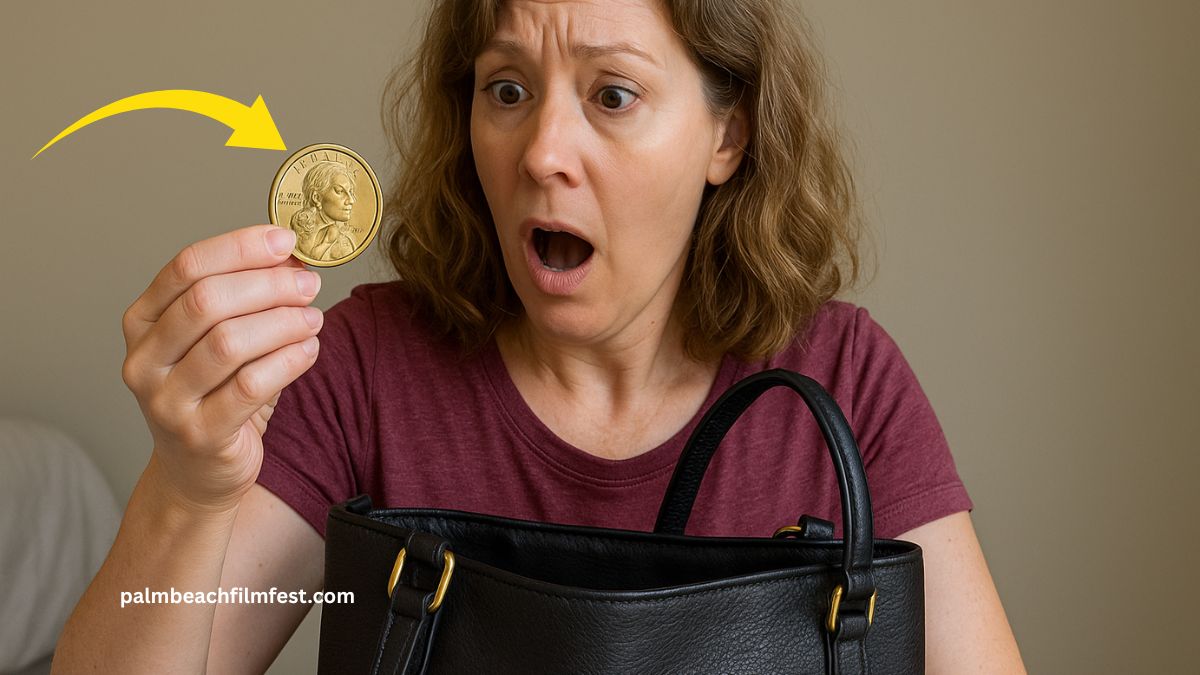Woman Finds $5,000 Error Coin In Her Late Aunt’s Handbag
In a remarkable turn of events, a woman sorting through her late aunt’s belongings stumbled upon a coin that turned out to be worth a small fortune.
This unexpected find has captivated both seasoned numismatists and casual collectors alike, highlighting the hidden treasures that can lie unnoticed for years.
The Unexpected Discovery
While organizing her late aunt’s possessions, the woman came across a small, unassuming handbag. Inside, she found a collection of old coins, one of which caught her eye due to its unusual appearance.
Upon closer inspection, she noticed that the coin had a misaligned design and an off-center strike, characteristics often associated with minting errors.
Curious about its potential value, she consulted with a local coin expert who confirmed that the coin was indeed a rare mint error.
Such coins are highly sought after in the numismatic community, and this particular piece was estimated to be worth approximately $5,000.
Understanding Error Coins
Error coins are the result of mistakes during the minting process. These anomalies can significantly increase a coin’s value, especially if they are rare or unique. Collectors prize these coins for their rarity and the stories they tell about the minting process.
Common Types of Mint Errors
| Error Type | Description |
|---|---|
| Off-Center Strike | Coin design is not properly centered, leading to partial images. |
| Double Die | Coin has duplicated images due to a misaligned die during minting. |
| Clipped Planchet | Coin has a portion missing due to a miscut metal strip. |
| Broad Strike | Coin is struck without a retaining collar, causing it to spread outwards. |
| Die Crack | Visible cracks on the coin’s surface from a damaged die. |
The Coin’s Significance
The coin discovered in the handbag was identified as a 1969-S Lincoln Cent with a doubled die obverse, one of the most coveted error coins among collectors.
Only a limited number of these coins are known to exist, making them extremely valuable. The doubling is most noticeable in the inscriptions “LIBERTY” and “IN GOD WE TRUST,” as well as the date.
In 2014, a similar coin was sold at auction for over $21,000, underscoring the significant value such errors can command in the market.
The Importance of Coin Authentication
Before selling or insuring a valuable coin, it’s crucial to have it authenticated and graded by a reputable service such as the Professional Coin Grading Service (PCGS) or the Numismatic Guaranty Corporation (NGC).
These organizations assess the coin’s condition, verify its authenticity, and assign a grade that can significantly influence its market value.
This extraordinary discovery serves as a reminder that valuable treasures can often be found in the most unexpected places.
For collectors and enthusiasts, it emphasizes the importance of paying attention to detail and understanding the nuances of coin minting errors.
Whether you’re a seasoned numismatist or a curious beginner, always keep an eye out—you never know when you might stumble upon a hidden gem worth thousands.
FAQs
How can I tell if I have an error coin?
Look for anomalies such as off-center designs, doubling of images or text, unusual shapes, or missing elements. Consulting with a professional numismatist or using online resources can help identify potential errors.
Are all error coins valuable?
Not necessarily. The value of an error coin depends on factors like rarity, demand, and the type of error. Some errors are common and may not add significant value, while rare errors can be worth thousands.
Where can I sell a valuable error coin?
You can sell valuable coins through auction houses, coin dealers, or online marketplaces specializing in numismatics. Ensure the coin is authenticated and graded to maximize its value.

